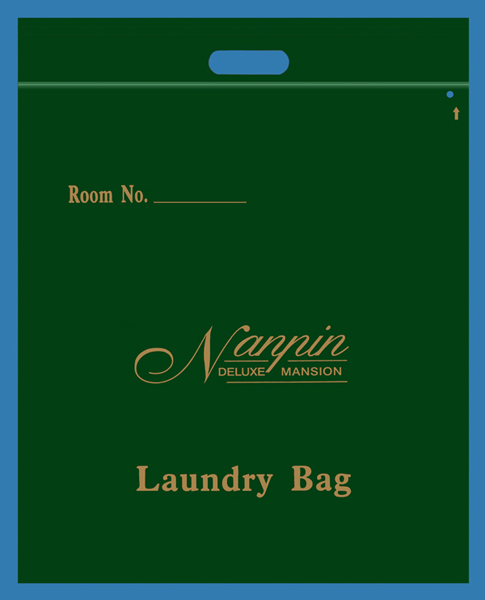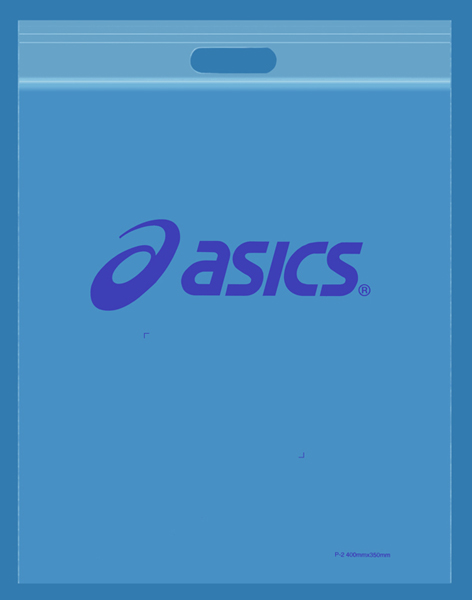塑膠袋
 塑膠袋
塑膠袋
塑膠袋,Plastic bags
品名: 手提襯衫袋
材質: PE透明手提夾鏈袋
尺寸範圍: 寬 160 ~ 600 mm
長 200~ 500 mm
厚 0.06~0.12 mm
包裝用途: 襯衫
印刷顏色: 紅、黑單面2色
條件: ?
Name: Mobile shirt bags
Material: PE transparent portable zipper bags
Size range: 160 ~ 600 mm wide
Length 200 ~ 500 mm
0.06 ~ 0.12 mm thick
Packaging purposes: Shirt
Printing colors: red, black single-sided two-color
Conditions:?
 塑膠袋
塑膠袋
塑膠袋,Plastic bags
品名: 手提盥洗用具袋
材質: PE染色手提夾鏈袋
尺寸範圍: 寬 140~ 600 mm
長 200~ 500 mm
厚 0.06~0.12 mm
包裝用途: 旅社、毛巾盥洗用具
印刷顏色: 金色單面1色
條件: 1.染綠色
2.右上角打一洞
Product: Portable Toiletries Bag
Material: PE staining portable zipper bags
Size range: 140 ~ 600 mm wide
Length 200 ~ 500 mm
0.06 ~ 0.12 mm thick
Packaging purposes: Hostels, towel Toiletries
Printing colors: Gold-sided one color
Conditions: 1. The dyed green
2. Hit a hole in the upper right corner
 塑膠袋塑膠袋,Plastic bags
塑膠袋塑膠袋,Plastic bags
品名: 手提零件資料袋
材質: PE透明手提夾鏈袋
尺寸範圍: 寬 100~ 500 mm
長 140~ 500 mm
厚 0.06~0.12 mm
包裝用途: 零件資料
印刷顏色: 藍單面1色
條件: ?
Name: portable parts kit
Material: PE transparent portable zipper bags
Size range: 100 ~ 500 mm wide
Length 140 ~ 500 mm
0.06 ~ 0.12 mm thick
Packaging Applications: Part Data
Printing colors: blue single one color
Conditions:?
在台灣,塑膠袋的使用已經滲透到生活的每一個角落,從超市購物袋到食品包裝,塑膠袋的方便性和實用性是不可否認的。陳新塑膠股份有限公司作為台灣本土的塑膠袋製造商,一直致力於提供高品質的塑膠包裝解決方案,同時也在積極探索如何減少塑膠產品對環境的影響。
公司簡介
陳新塑膠股份有限公司成立於1990年,初期以生產傳統的聚乙烯(PE)購物袋為主,隨著市場需求的擴大,逐步增加了產品線,包括食品級塑膠袋、工業用重載袋以及特殊功能性塑膠袋等。公司位於台灣中部工業區,擁有先進的生產設施和技術,確保產品質量符合國際標準。
創新與研發
面對全球塑膠污染問題的挑戰,陳新塑膠股份有限公司投入大量資源於產品的研發,特別是在生物可降解塑膠袋的開發上。公司與多家科研機構合作,成功研發出可在特定條件下快速分解的塑膠袋,這些塑膠袋使用玉米澱粉和其他生物基材料製成,能在自然環境中在90天內分解超過90%,大大減少了對環境的負擔。
此外,公司還注重塑膠回收利用技術的開發。透過改進回收技術,陳新塑膠股份有限公司能將收集回來的塑膠廢料再生利用,製成新的塑膠產品,這不僅幫助減少原料的消耗,也減少了廢塑膠對環境的污染。
市場與客戶
陳新塑膠股份有限公司的產品廣泛應用於零售、食品服務、醫療保健和工業包裝等多個領域。公司憑藉著高品質的產品和優良的客戶服務,已經成為許多國內外知名企業的長期合作夥伴。隨著環保意識的提高,陳新塑膠股份有限公司的生物可降解塑膠袋和再生塑膠產品也越來越受到市場的歡迎。
社會責任與未來展望
作為一家負責任的企業,陳新塑膠股份有限公司非常重視企業社會責任。公司定期舉辦環保教育活動,鼓勵員工和社區居民參與環保和資源回收的行動。未來,公司將繼續致力於環保技術的研發,並尋求更多與環保相關的商業機會,為建立一個可持續發展的未來貢獻力量。
陳新塑膠股份有限公司的例子表明,塑膠產業可以在不放棄塑膠產品帶來的便利性的同時,通過科技創新和負責任的企業行為,有效地減輕對環境的影響。隨著技術的進步和市場需求的變化,塑膠包裝行業的可持續發展之路越發寬廣。
